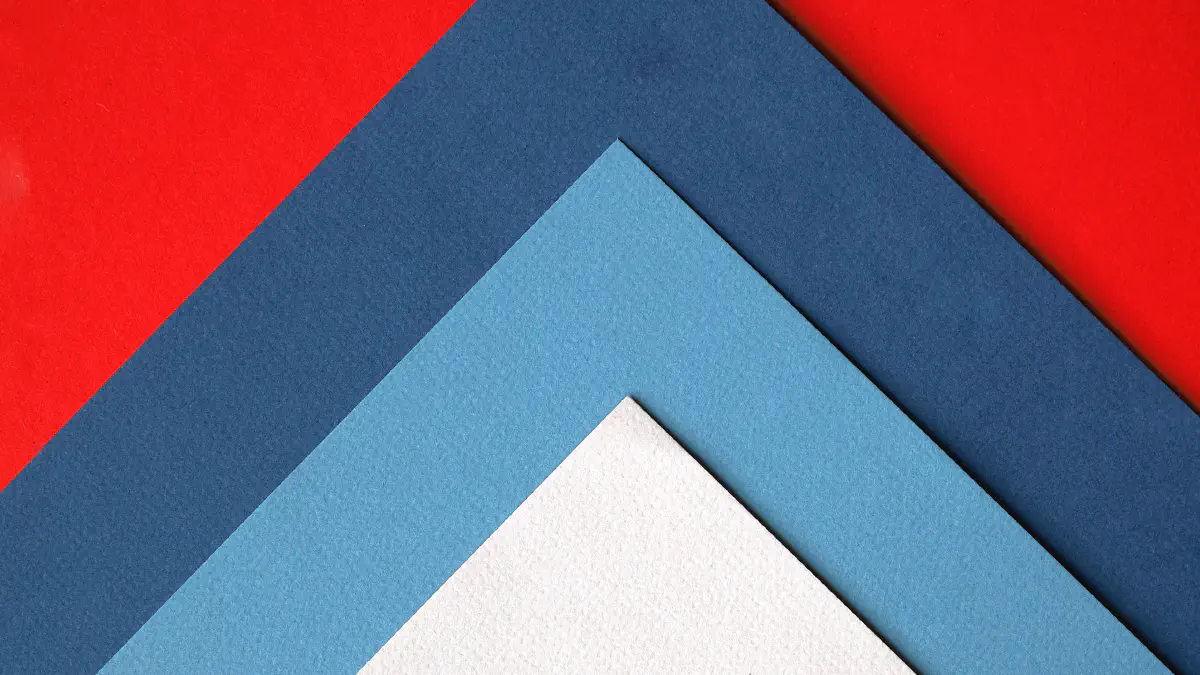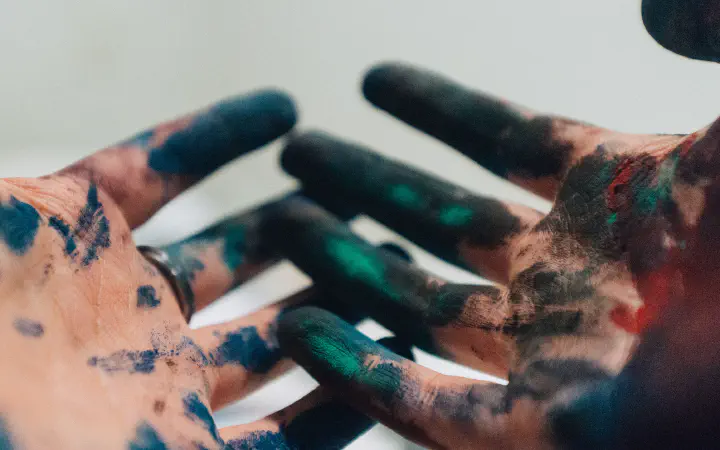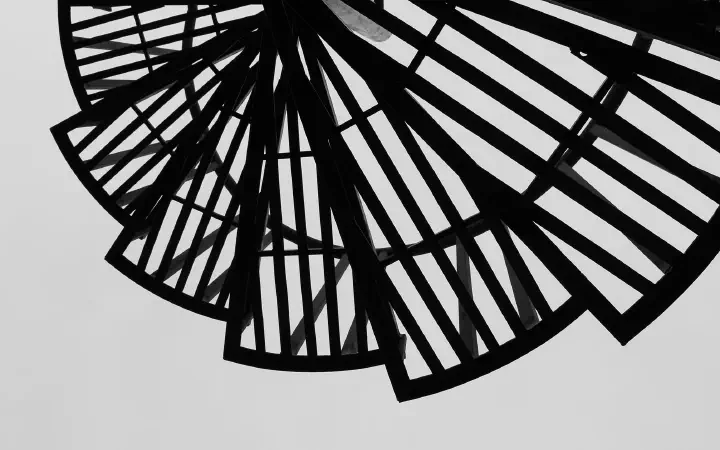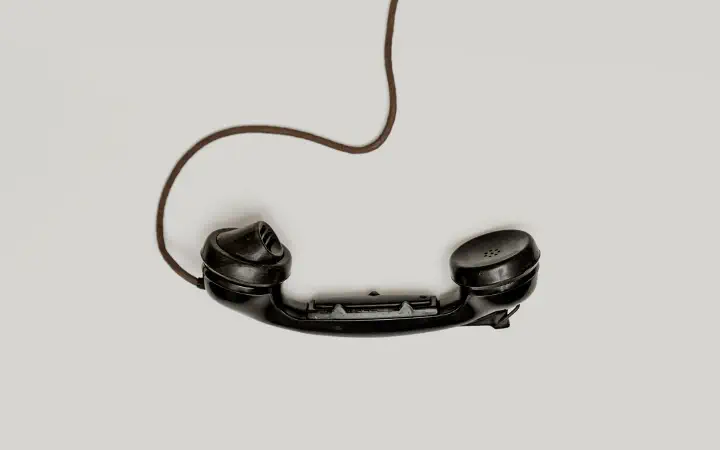
For a time, it was hard to have a conversation about visual design without someone asking my opinion on “flat vs skeuomorphic.” I would do my best to dodge the question, in hopes for a less heated conversation. Those flame wars have since smoldered out, thankfully.
Although I prefer, in most cases, a flatter approach to visual design, it’s not because it’s a more honest approach to the medium, or more authentic, or because visual metaphors are so “2000.” I think those arguments miss the point completely. I believe the flat trend reflects two very specific aspects of our relationship with technology. A flatter approach to visual design reflects our growing familiarity with technology, and our longing for permanence.
Familiarity
The balance between simplicity and clarity is always in motion. The more familiar we are with something, the less we need from it in order to understand its meaning. Familiarity influences affordance. As a result, we need less visual cues from the UI to make an intelligent decision. This, however, doesn’t imply that the interface should be less – Google’s Material Design is a great example of being more with less. Even the Material Design approach builds off how we expect physical objects to respond to touch, with easing and ripples – a physics form of skeuomorphism.
Flat design still leans heavily on visual metaphors to prompt users toward the appropriate actions. It does, however, express those metaphors in a dramatically simpler fashion. This reflects our familiarity with technology.
Permanence
I believe the flat design trend is less about the technology’s authenticity, and more about humanity’s longing for something with a bit more permanence (ie: affinity for the printed piece and the lasting properties it evokes in our collective memory) in an ever-increasing world of ephemeral ideas around knowledge, identity, ownership, etc. The trend toward handcrafted, well, anything, points in that direction.
Flat design reaches back into the properties of print design, where the aesthetic qualities are derived from the constraints of both the medium and craft. RGB screens aren’t bound by many of the same constraints. In fact, the technology eliminates many of those constraints allowing for visually rich, textured and even 3D interfaces. Yet we present artifacts and interface as though they were constrained by layering ink, press registration, and fibers.
An honest approach and use of the medium exploits the technology for the design’s intended purpose, but it also reflects our cultural understanding of the medium as well as our understanding of ourselves. We’re building a visual language in a young medium, which is going to be volatile for years to come. As designers, we should focus less on visual shifts and more on our users’ understanding of our medium and the cultural context which informs us all.
Photo by Andrej Lišakov on Unsplash




